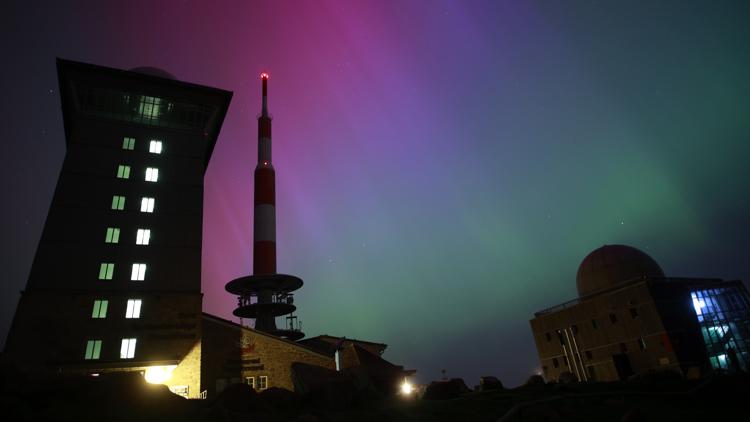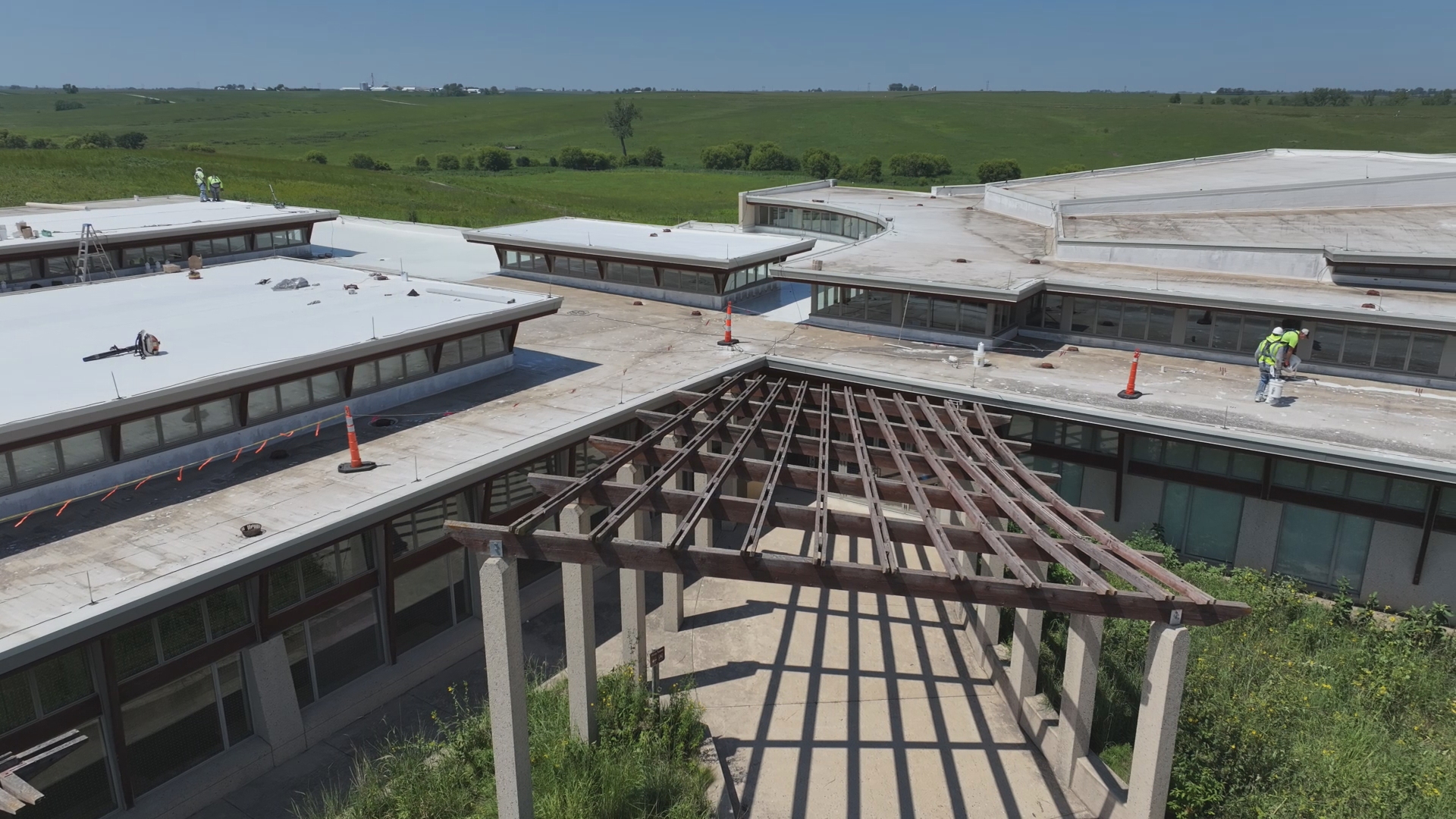IOWA, USA — There is an increased chance to see the Northern Lights here in Iowa this weekend.
With mostly clear to clear skies forecasted, you should have a great view of the sky to possibly see this beautiful phenomenon.
The Northern Lights will likely also be visible Saturday night, but colors may not be as vibrant as they were Friday.
Luckily, if you miss aurora borealis tonight, there will be more chances to see it this year. According to NOAA's Space Weather Prediction Center, Iowa could be seeing a solar maximum this year, meaning very bright and frequent northern light events.
What are the Northern Lights?
The Northern Lights, also known as the aurora borealis, is an atmospheric phenomenon that occurs when energized particles from the sun collide with Earth's upper atmosphere at speeds of 45 million miles per hour.
However, Earth's magnetic field redirects the particles to the poles, which in turn, creates the colorful lights that we call the Northern Lights.
The colors made by this process depend on the chemical composition. We see the colors red and green the most because of the molecules in our atmosphere. The red color is created by the nitrogen molecules, while the green color is created by the oxygen molecules.
There is such a thing as southern lights, or aurora australis, that happen with this same process. If you ever wanted to see the southern lights, you would need to go far south. They will not be able to reach the United States.
Are the northern lights dangerous?
With the Northern Lights appearing when there is a geomagnetic storm, there are some dangers to technological devices like the voltage control on power grids, spacecrafts, GPS and other technology items. However, it does not cause any physical harm to humans, or cellphones, so it is safe to view.
The Space Weather Prediction Center measures the severity of geomagnetic storms on a scale of one to five. G1 is the lowest you can go, while G5 is the highest.
This upcoming geomagnetic storm is at a G4, which put us under a geomagnetic storm watch for the first time since 2005.
The source of the Coronal Mass Ejections, or CMEs, that will be hitting earth and creating the Northern Lights is coming from a large sunspot. This sunspot is 16 times the diameter of Earth. That's 126,680 miles! With the massive size of the sunspot, more activity is expected, meaning more northern light events.
How can you see the Northern Lights in Iowa?
The first thing you want to do is try to get away from light pollution. Being in the heart of a city makes it more difficult to see this phenomenon.
You'll likely be able to see the Northern Lights between 10 p.m. and 3 a.m. One thing to note: you will want to have your phone with you because the camera on your device is sensitive enough to pick up the Northern Lights better than you can see them.



